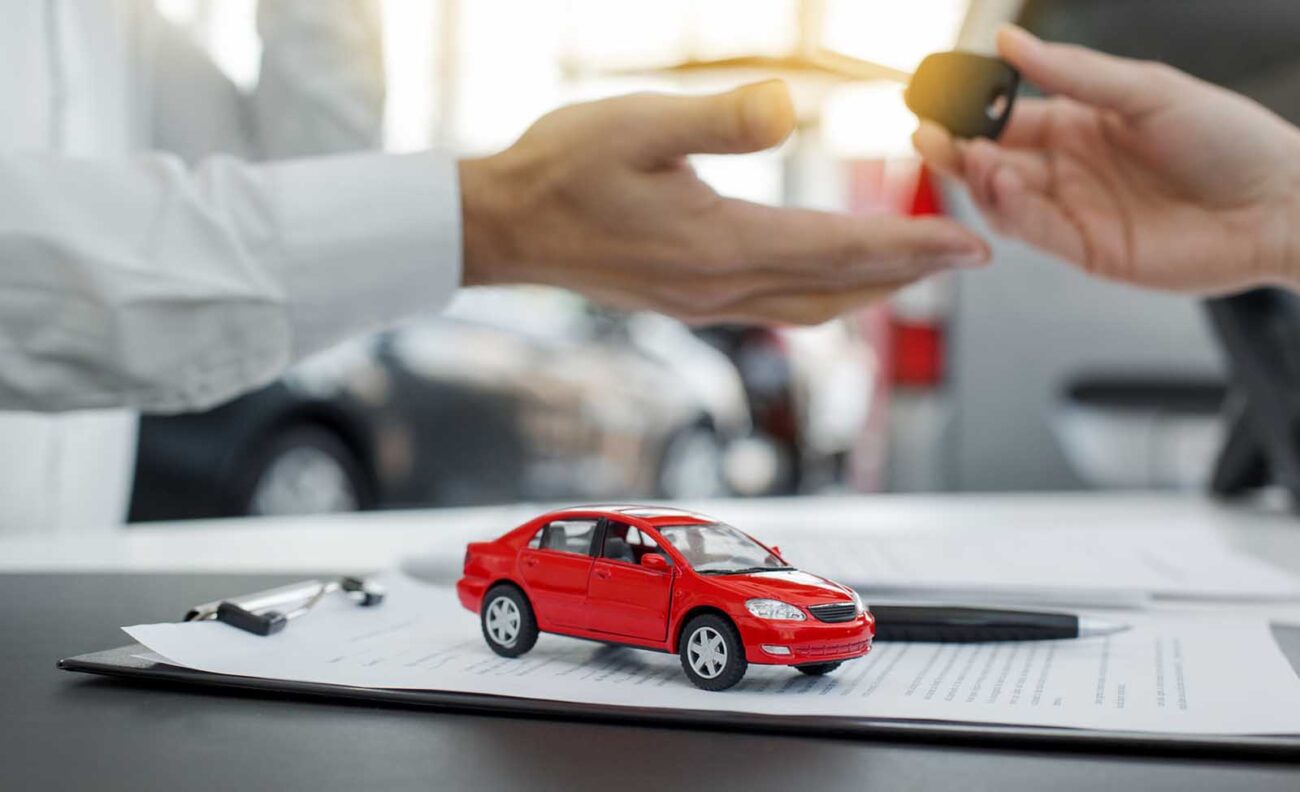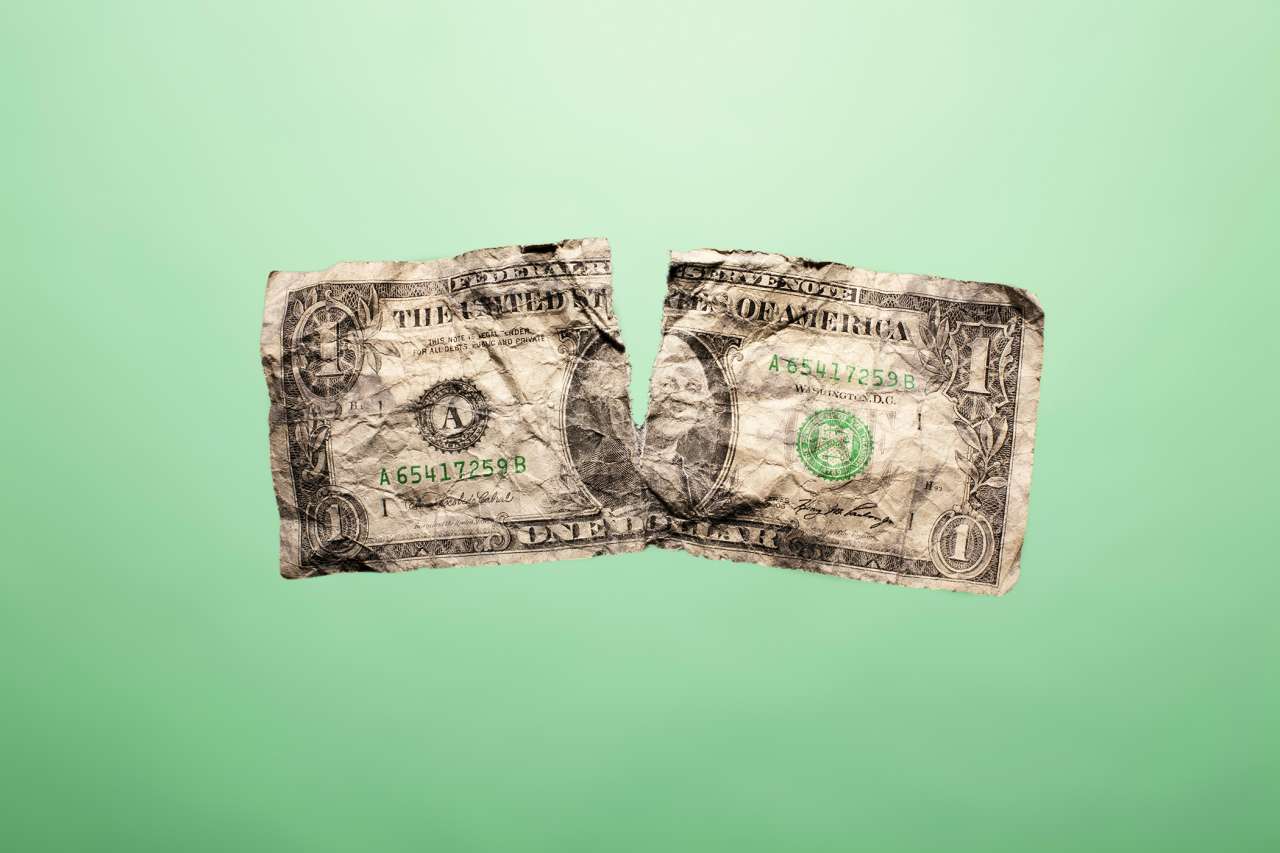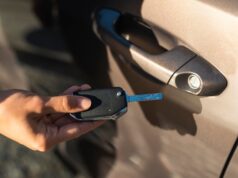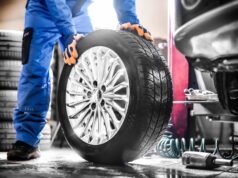
Leasing a car is a good way to experience a new vehicle without investing too much money into it. It can also be very useful in those cases where we require a different vehicle or an additional one. Be it business or traveling with more passengers than usual, leasing keeps us covered with a wide variety of rentable cars.
1. Check all of the available options

The first step to protecting yourself from a bad lease is to take a broad look across all of your available options. What this means is that you should check if there are other ways you can resolve your need for a new vehicle that doesn’t include leasing one. This is an important thing to consider because once the contract is signed you are locked into it. The contract itself can have a lot of limitations that may not fit your needs. These include mileage limits, time of leasing, and other restrictions that may impede this vehicle’s use.
Checking the sites of the leasing service is another useful venture as they can give you more information or even have whole elaborate searching options available. Leasing places such as leapvehicleleasing.com add a lot more transparency to the whole deal and can benefit you greatly when leasing a car.
The second step in this category is checking all the available leasing options. Some companies may have better rates, looser restrictions, or simply better vehicles you can lease. Never get stuck on a single company if there are multiple around.
2. Avoid high-interest rates

The key part of leasing that makes it so worthwhile is the low price in comparison to purchasing. This is why it’s incredibly important to keep an eye out for interest rates. The interest rate is the amount of money you pay to the leasing company for borrowing their car. This rate’s number will usually appear lower than the true annual percentage rate for leasing the car, otherwise known as APR. If you are planning to lease a car for a year or longer you should inquire the leasing company about the APR or figure it out on your own. This is usually done by multiplying the interest rate by 2,400.
3. Investigate the warranty and take the car to the mechanic

Getting into a car accident or having your leased car break down is a very stressful situation. It can be additionally frustrating if it happens because of the car’s shoddy state or lack of warranty. For this exact reason, you should check the information of the car throughout and even take it to the mechanic before leasing it. If it’s impossible to take it to the mechanic before signing the contract consider bringing one over to take a look at it. If the people leasing the car aren’t keen on the idea or outright don’t allow you to do this reconsider them as a leasing option. The shadiness on display may stem from their bad business practices and even if it doesn’t it puts you in a lot riskier situation. There are cases where this can prevent you from dipping into huge losses later on for just a bit more engagement upfront.
4. Wear and tear bills

The excessive wear and tear bills can put a huge dent in our budget and hit us out of the left field. Of course, any damage the car might have endured during the time we possessed it should be covered neatly but there are frequent cases of very high bills that come from more mundane differences between the car’s original state and the current one. The first step here is to properly read out your contract for any small print that may cause you huge costs of coverage. The second step is just being careful. You shouldn’t be reckless while driving, especially not with a leased car, so make sure to pay more attention to your driving practices. The last step is making a personal check-up before turning it back. There may be some simple wear and tear situations that can be handled a lot cheaper out of the leasing agreement.



